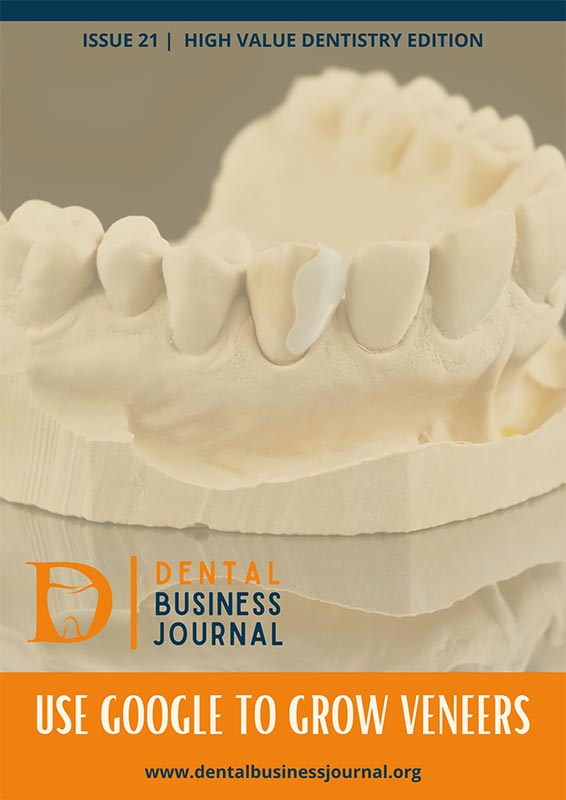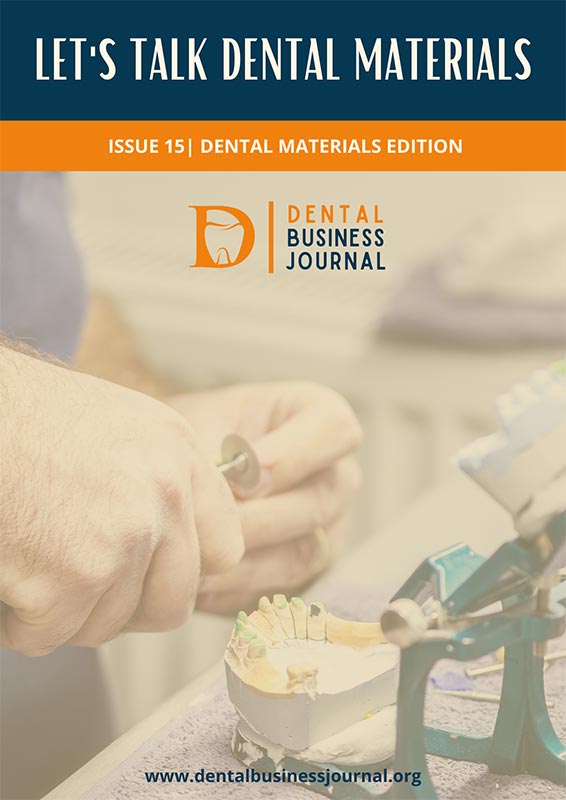Getting Patients to Say Yes to Treatment
When presenting treatment options to patients, it’s about more than just listing your findings and recommended treatment options. Dentists have to be able to communicate so the patient understands everything being discussed but, more importantly, inspires them to move forward with treatment.
The four-letter word
Dentists have to sell treatment to patients. That’s right, you heard me, we have to “sell.” I’m not talking about upselling as they do at car dealerships with the paintless dent repair for door dings or extended tire warranty type of selling (nothing against car salespeople, they have to earn a living, too). Instead, I’m referring to educating patients to the point where they appreciate what’s happening and are motivated to accept their treatment plan.
When a patient is in discomfort, it’s a different scenario. Getting them to be responsive to your treatment recommendations takes little convincing. But when a patient presents with no complaints or pain but has non-symptomatic interproximal decay or periodontal disease, we have to “sell” ourselves, our knowledge, and our skills to assure patients to accept treatment. And dentists don’t want this to be a one-and-done situation. We don’t want them to say yes once. We want patients to say yes for 30 years and stay with us for our entire careers.
Skill set
This “selling” is an art that needs to be learned and honed. Getting patients to say “yes consistently” takes effort, but once you master it, you can do it quicker and more efficiently with time. Finally, dentists need to make a connection with patients. We need to get them to know, like, and trust us. We must ensure in their minds that we are the right ones for them.
I like documenting some of my patient conversations in the chart notes. Such as their jobs, interests, details about their families, hobbies, etc., to establish a dentist-to-patient bond. Bringing up these details in subsequent visits can make the patient feel valued and cared for, further strengthening the connection.
Successful Treatment Presentations
Another critical trait dentists must display when presenting treatment options is confidence. Walking into the room and introducing yourself to the patients with a strong belief in yourself is something most of us didn’t learn in dental school, and this may be a challenge for young new grads. So ask me how I know. When I first graduated, I looked like a teenager. I had no self-confidence, which showed when presenting treatment to my patients. I was full of self-doubt and sometimes struggled to get patients to proceed with treatment. If you walk into that room unsure about your dentistry and yourself, the patient will also be uncertain. And they may not move forward with treatment.
Perfecting the art of confidently presenting treatment to a patient takes time. Dentists must practice this as much as restoring a class 2 composite skill. Because Guess what doesn’t happen if you can’t get a patient to proceed with the treatment, that class 2 composite you are so skilled at.
Like practicing a veneer prep on a typodont or taking many continuing education classes to learn clinical skills, you must also do this with communication and presentation skills. Like most things in life, the more you practice, the better you get.
Curb the dental jargon.
Confidence does not mean speaking with bravado and over the patient’s head with technical terms. Achieving high treatment acceptance is about what is said and how it’s said. Curb this dental lingo; you don’t need to prove your smartness. You have that diploma on the wall; that’s what that is for.
Instead, speak with lay terms. I like to pretend the patient is my eight-year-old son Axel.
Most patients won’t understand dental jargon, such as your #19 has a fractured amalgam with undermined cusps with recurrent caries and needs a full zirconia restoration. So instead, say something like. “Sir, you have a huge old silver filling that is leaking and broken” It’s a tooth you have had since you were six years old and has gone through a lot of wear and tear and now needs to be protected with a cap. I will then show models and videos of the procedures, follow up with any questions, or rephrase the sentence if needed.
Conclusion
Being a successful dentist is not just about giving patients excellent treatment and a positive experience but presenting yourself and your treatment plan to them in a confident, clear, and inspiring way. The goal is to get them to say yes to treatment and refer their friends and family. And that, my friends, is how you grow a practice.
Do you want to listen to the official podcast episode of this journal?
Watch the full interview on YouTube!
Subscribe and get notified of more episodes like this!











